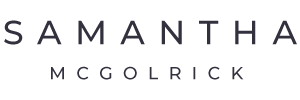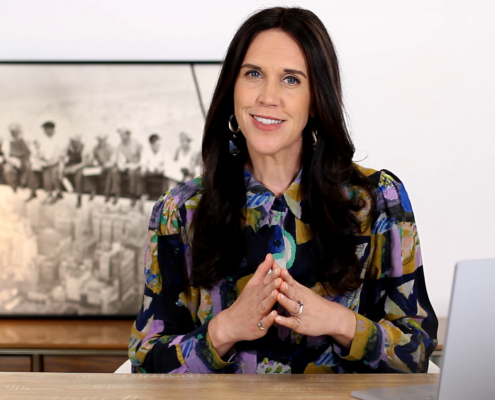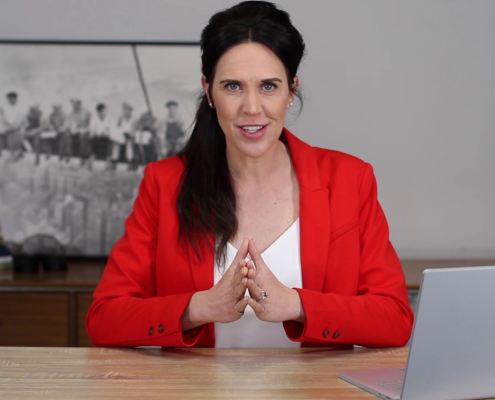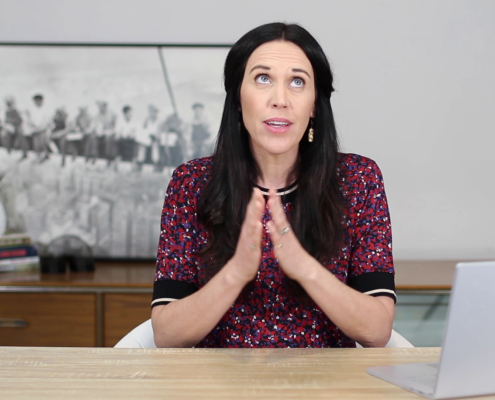HEALTH & SAFETY IS THE ONE COMMON DENOMINATOR FOR CREATING VALUE ACROSS MULTIPLE STAKEHOLDER GROUPS
In Larry Fink’s 2019 letter to CEOs, he focussed on the importance of understanding your stakeholders and how a business must be looking at how it creates value for each of them.
So if we accept that our three most critical stakeholders are customers, employees and shareholders – wouldn’t it be great if there was a way for your company to create value for each of these groups, through one common message?
Well, here’s a little secret – the one thing that each of these stakeholders has in common is their attraction to health & safety.
Let me break this down …
Employees
From an employee’s perspective, there’s a fundamental need to want to go home safe & healthy at the end of the day. And there’s a growing momentum from millennials to work for businesses that have a social purpose, in fact, in a survey by Deloitte, 63% of millennial workers said that the primary purpose of businesses should be to “improve society” over “generating profit”.
In Fink’s letter, he also pointed out that the world is undergoing the largest transfer of wealth in history. In the years to come, $24 trillion is going to move from baby boomers to millennials.
Investors
So from an investor perspective, if you’re interested in enticing millennial investors, start with improving the safety, health & wellbeing of your workforce and communicate this as part of your company’s social purpose.
Think about it like this, if we spend approx. 1/ 3 of our lives at work, by helping people stay safe and even improving their health and wellbeing while they’re at work, as a business, you’re giving back a great deal to society and that could be part of the messaging around your company’s social purpose.
Not to mention, whether you’re a millennial investor or not, people don’t want to invest in companies that kill or seriously injure people or cause health epidemics.
Customers
From a customer perspective, there’s a growing desire to know that by purchasing your product or service, I’m not doing so at the expense of another human being’s health & safety – think Nike or the 2012 Dhaka garment factory fire in Bangladesh that killed at least 1,134 people.
So you see, health & safety always has been, and always will be, a unifying point of collaboration amongst multiple stakeholders.
It’s therefore a great opportunity for businesses to bring value to all three of these stakeholder groups under a common message – a commitment to safe & healthy work.
So here is one thing your business can do for each of these three stakeholders that will demonstrate a commitment to safe & healthy work, safe & healthy products / services and at the same time, demonstrate a commitment to improving society.
Customers want their purchase to not be at the expense of someone else’s health & safety
Customers are fickle beasts, right?! They’ll make decisions on information you don’t give them, let alone on what you do give them. But there’s an opportunity here to demonstrate your commitment by looking at how your supply chain impacts the health & safety of other human beings.
You’ve probably heard of some of these health & safety impacts as modern slavery which includes forced labour, human trafficking, forced marriage and debt bondage.
If your company discloses their efforts to eliminate modern slavery in their supply chain and demonstrates this commitment through, for example, social media and other formal disclosures (i.e. annual report), then it’s a great opportunity to give your customers an opportunity to contribute to your efforts through their purchasing power – this inherently creates value for them.
Employees want to go home in the same condition they came to work
In a 2018 survey on Global Director Sentiment, 89% of boards engage with employees through the CEO/MD and only 50% of boards are conducting site visits. But if we compare that to how they engage with customers, 64% of boards had direct engagement through industry associations or partnerships.
I have two recommendations from these findings which you can probably guess. Directors should get, and get informed by conducting site visits as well as looking at how you can engage directly with your employees. One of the ways you can fulfil both of these, is through site visits, that’s a great place to start.
Site visits also allow you to see how work is done, not how it’s envisaged in the boardroom and this helps you better understand the health & safety risks associated with your business – and that’s just good due diligence.
Investors want to invest in companies that don’t kill people or cause health epidemics
With the continuing rapid expansion of devices and sensors that are connected to the internet, we’re already seeing the sheer volume of data increasing to mind-boggling levels.
But in the same Global Director Sentiment survey, only 28% of boards said they use Big Data for decision making.
If you’re not already, start to look at how your organisation captures data, from incident and near miss reports; maintenance requests and completion of requests; absentee levels, leave requests and working hours; uptake of parental, sick leave and long service leave; uptake of employee assistance programs and feedback on effectiveness; contractor fees, audit results and incidents.
The list goes on, but don’t let that overwhelm you, get the expert advice you need to determine what information could be captured so that you can look at identifying trends or looming health & safety risks in your business – that way, you could demonstrate to investors as to how data is helping you predict and prevent incidents.
In Conclusion
I hope this video has helped you see how your board can provide value to these three different stakeholders, by focusing on safe & healthy work as a common theme that creates value for each of these different stakeholder groups – because underneath their differences, lies a human need to be safe & healthy or at the very least, to know that our purchasing decisions are not at the detriment of someone else’s.
If you found this video interesting, you’ll love that these are just a few of the topics that I cover off in my 2nd annual Director Health & Safety Dashboard. It covers critical issues from 2018 in the business, government and regulatory landscape that should be on every directors’ radar. Click HERE to get your copy.
When you’re finished watching, I’d love to know:
- What are some of the activities that your business does that adds value across all three of these stakeholder groups
Leave a comment below and let me know.
Remember, share as much detail as possible in your reply. Your story and/or thoughts may lead to someone’s meaningful breakthrough and it all contributes to this audience knowing What to Ask, and When to Act #knowWTA
Important: share your thoughts and ideas directly in the comments. Links to other posts, videos, etc. will be removed.
Thank you so much for adding your perspective to the conversation.
Thanks for watching!
Welcome!
I’m Samantha
As a business leader, you have a responsibility to lead safe and healthy work whether that’s at an executive or board level. My job is to assist you in your role by giving you the tools and knowledge to know what to ask, and when to act.
RESOURCES
YOU MAY ALSO LIKE…
FEATURED CONTENT
[text-blocks id=”4249″ plain=”1″]








Let us know what you have to say:
Want to join the discussion?Your email address will not be published.